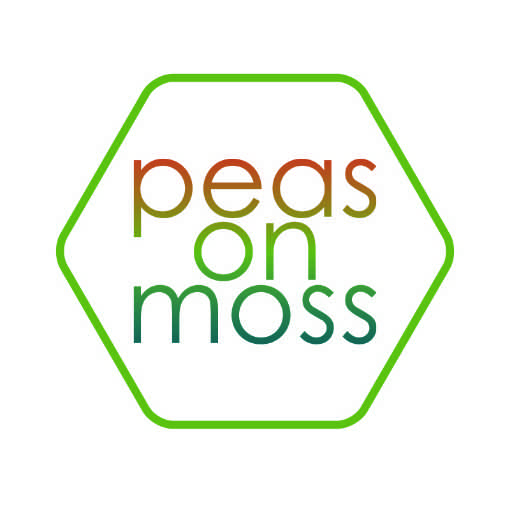Photo by Brigitte Tohm
In this post, we will go through a basic analysis of a product.
How to evaluate your food product:
Before you begin, make sure your evaluation space is:
- Clean and free of clutter
- Void of strong odors
- Quiet with no distractions
- Product is on a plain or white background
- First, assess the APPEARANCE
 What does the product look like?
What does the product look like?- What is the color? Is it transparent? Is it bumpy on the surface? It it shiny?
- Then, we evaluate the AROMA
- What does the product smell like?
- Be as specific as you can when you describe it. For example: If it smells fruity, try to identify what kind of fruit it smells like.


- Next, we move on to the FLAVOR
- How does the product taste?
- You may start out with describing it using your 5 basic tastes. Is it sweet, sour, bitter? Then, focus on specific characteristics. For example, lemon, caramelization, smoke.
- After flavor, we move on to the TEXTURE/MOUTHFEEL
- There are 3 types of texture
- Visual: What does the product look like? Bumpy, smooth, etc. This may be assesed in the appearance part of the evaluation
- Tactile: How does the product feel? To the touch and in your mouth.
- Auditory: What sound does it make while consumed? Is it a high pitched crisp like a potato chip? Or a low pitched crunch like an almond?
- There are 3 types of texture
- Finally, we finish with evaluating the AFTERTASTE
- How does it taste after it is swallowed? Is it slightly sweet, or bitter? Does it leave a floral taste after swallowing?

Lisa Fotios
- Compile a REPORT once you’re done evaluating
- Gather up your data and make a conclusion.
- If you have an action standard, did this product meet it?
- Some things to include in your report: Project & objective, evaluation process details, persons involved, date, and a description of the samples evaluated. Good documentation will help you in future evaluations.
Some things to note:
- “Garbage in=garbage out”- If you begin evaluating under the wrong conditions (wrong scale, biased panelists), you may get undependable results
- Descriptive words like floral and lemon are merely just labels. Clear definitions are important. Make sure you know exactly what you mean when you say “lemon”.
These 6 steps are all you need to do a basic sensory evaluation. More in-depth studies and tests require controlled settings, samples, and through statistical analysis and reporting. Some may even require highly trained panelists.
But for now, these 6 steps are all you need to start evaluating your product right away-as simple as that!
Stay tuned on Peas On Moss for more on scales and Sensory Evaluation.

Recent Comments